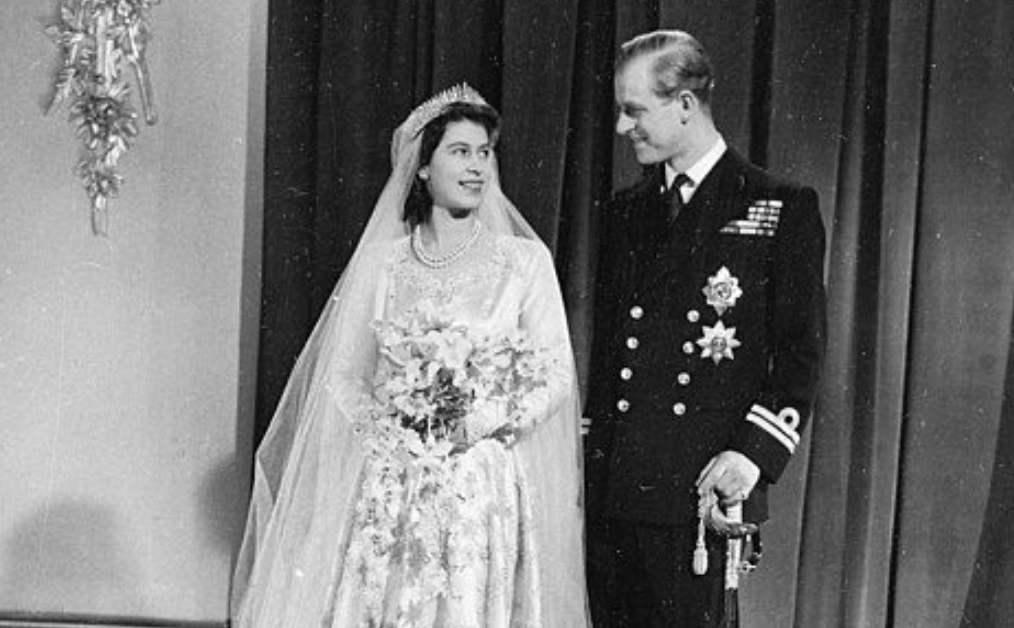
Royal weddings often follow a familiar pattern. They unfold in grand, historic churches with brides dressed in sweeping white gowns and glittering heirloom tiaras, while grooms stand proudly in military uniform. They are accompanied by long lines of bridesmaids and pageboys, with centuries of tradition dictating every step. What begins as a family celebration becomes a global spectacle.
But there has always been one place where a royal bride can quietly express her own taste: her bouquet. While the dress is bound by history and protocol, the flowers are entirely her own. And when Princess Elizabeth married on November 20th 1947, her bouquet reflected her personality in every petal.
The future Queen wanted orchids. Exotic, delicate and rare, orchids were among the most luxurious flowers available, especially in a Britain still recovering from war. Three varieties were grown in the UK especially for her big day. Her bouquet brought together white cattleya, odontoglossum and cypripedium orchids in a soft, freeform design that added a touch of elegance to a nation still living under rationing.
Orchids also carried meaning. In the Victorian language of flowers, so beloved by Queen Victoria herself, the orchid symbolises love, beauty and strength as well as luxury. It was a fitting choice for a young woman who would one day become the longest reigning monarch in British history.
Princess Elizabeth may also have hoped to follow a tradition started by her mother, Queen Elizabeth, who placed her wedding bouquet on the Tomb of the Unknown Soldier in Westminster Abbey in an act of deep respect. But before that could happen, disaster struck.
The bouquet went missing.
Somewhere between Westminster Abbey and Buckingham Palace, the royal wedding flowers disappeared and were never seen again. The loss caused such chaos that the newlyweds had to pose for an additional set of official photos once a replacement bouquet had been made.
From this mishap, a new royal tradition was born. Every bride at a major royal wedding now has a second bouquet prepared in case disaster strikes again.

